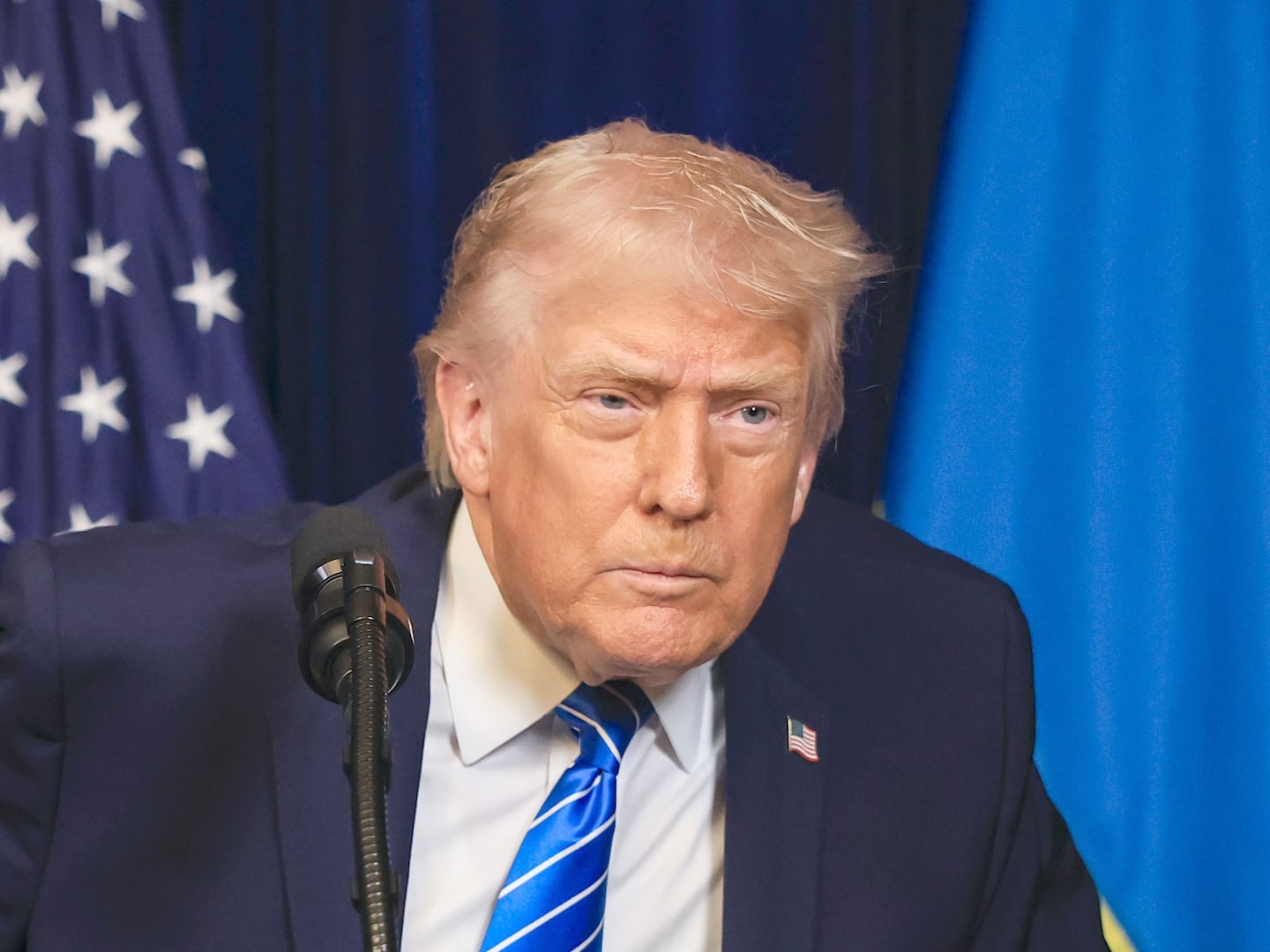The White House signaled Tuesday that they aren’t willing to force a shutdown over border wall funding, putting Republican hopes for a wall on the southern border further away than ever.
But one group of Trump fans has a quixotic plan of their own for the wall. Rather than waiting for Congress to budget billions of dollars for the wall, they’re going to try and pay for the nearly $22-billion wall themselves.
As of Wednesday evening at 10 p.m. they’ve raised $155,000—or 0.007 percent of the wall’s estimated cost.
“It is a Herculean effort,” admits Quentin Kramer, the head of a nonprofit that’s raising money to pay for the wall.
Kramer’s American Border Foundation claims to have received donations from 2,600 people, including one wall superfan who gave the project $5,000. That’s enough to fund only 211.25 feet of wall, according to Kramer’s estimates. The United States’ border with Mexico, meanwhile, is nearly 2,000 miles long.
Kramer’s group isn’t the only one trying to fundraise money for the wall. Several GoFundMe pages have been launched to raise money for the wall. The most successful of those efforts is from veteran Brian Kolfage, who has raised $1.5 million in less than a week.
Collectively, the money remains far less than the actual amount needed. But Kramer believes the campaigns will send a message, even if they don’t manage to actually fund the wall.
“I think there’s a lot to learn about the novelty of crowdfunding the government,” Kramer told The Daily Beast.
Kramer, a Maryland telecom worker, got the idea to crowdfund the wall when he saw a sign listing deaths from fentanyl and other opioids.
Angry about illegal drugs smuggled across the Mexican border, he decided to try and fund at least part of the wall through crowdfunding. His nonprofit is currently focused on building a wall in Arizona, and he remains hopeful that corporations will step in to bankroll the massive project.
‘We do believe that if we can fund that first initial effort, the sky’s the limit,” Kramer said.
Kramer ultimately plans to turn the wall funding over to the Department of Homeland Security. He said he’s been assured by the Department of Homeland Security that the agency would accept the money and reserve it for border wall funding.
The White House and DHS didn’t respond to requests for comment.
Kramer’s crowdfunding effort has received a boost from some MAGA-world celebrities. The Deplorable Choir, a trio of Texas women who post pro-Trump songs on social media and performed at a Trump rally in October, regularly urge their fans to donate to fund the wall.
The group released “Brick by Brick,” a song urging their fans to donate to Kramer’s effort, last month. In their music video, which has been viewed more than 100,000 times on YouTube, the singers wear “Fund the Wall” hats and stack toy bricks meant to represent a future border wall.
“We the people are sick of this shit,” the women sing. “So we’re going to build it brick-by-brick.”
The Deplorable Choir’s lead singer, who would only give her name as “Cjaye,” admits that crowdfunding more than $20 billion is almost certainly impossible.
“Maybe it’s wishful thinking, but for me, it’s just I guess putting pressure on deadbeats in Congress to do something,” she said.
Kramer said he isn’t drawing a salary from the American Border Foundation or its wall fundraising. The nonprofit's latest IRS filings aren’t recent enough to cover its late-2018 fundraising spree.
The group courted some of the fringe elements in the GOP. The American Border Foundation has nodded to the pro-Trump QAnon conspiracy theory, which posits that the world is being terrorized by a high-ranking cabal of Democratic pedophiles. In one tweet, for example, the nonprofit included multiple QAnon-related hashtags in an apparent attempt to attract donations from QAnon believers.
Kramer’s group isn’t the only one getting money from Trump fans frustrated with the lack of progress on the border wall. At Border Wall Bricks, Trump fans can pay $60 to get their names and messages lasered onto a so-called “border wall brick”—although the brick’s vendor concedes that these will only be put in an unrelated, proposed “memorial wall,” not in any actual wall on the southern border.
Asked to comment about his border wall competition at Border Wall Bricks, Kramer only had one thing to say: “Caveat emptor.”
Kramer also isn’t the only person thinking of unorthodox ways to fund the border wall as the prospects for government funding grow worse. Earlier this month, Rep. Warren Davidson (R-OH) proposed selling a bitcoin-style cryptocurrency to fund the wall.
But past efforts to crowdfund border walls have ended in failure.
In 2011, Arizona’s state government tried to crowdfund a $50 million wall on its border with Mexico. Four years later, Arizona abandoned the project after it raised less than $300,000.
The American Border Foundation’s attempts to crowdfund the wall looks like a tacit admission from Kramer and his donors that Mexico isn’t about to pay for the wall, despite Trump’s many campaign promises that it would.
If Mexico does pay for the wall, though, Kramer says he has a plan: he’ll use the money raised for the wall to help pay down the national debt instead.






